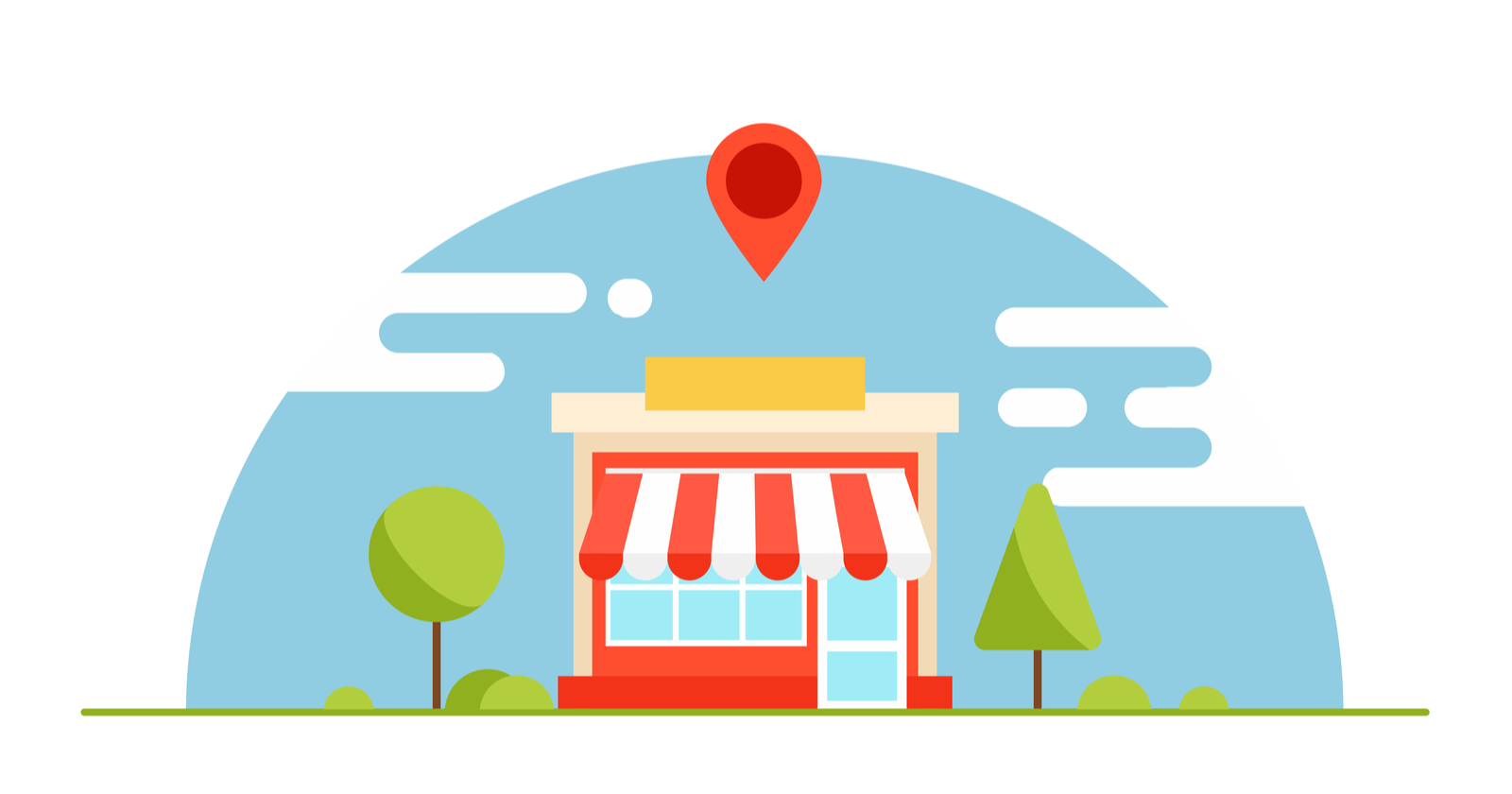3 Client Experience Must-Dos To Drive Your Organization’s CLTV via @sejournal, @alexanderkesler
Discover three key tactics to enhance your client experience and increase their lifetime value via nurturing, brand evangelism, and relevant KPIs. The post 3 Client Experience Must-Dos To Drive Your Organization’s CLTV appeared first on Search Engine Journal.

Only 3% of businesses put their clients at the center of their operations.
This is an alarming statistic, considering that businesses that see themselves as “client-obsessed” report 49% faster profit growth and 51% better client retention.
Understanding client lifetime value (CLTV), the total potential revenue generated from a single client, is crucial for businesses to build lasting relationships with their clients and, ultimately, achieve stability and growth.
Two factors imperative for increasing CLTV are client success (CS) and client experience (CX) – the cornerstones of any client-centric organizational framework.
However, implementing such a framework requires an organizational shift that places the client at the center of all strategies and activities – and complete organizational buy-in to be successful.
In this article, I will discuss best practices for prioritizing CX in your organization and, ultimately, how to achieve organizational buy-in to increase your CLTV.
1. Nurture A Client-Centric Culture
A client-centric culture can only succeed if it is adopted throughout the entire organization.
Start by defining what being client-centric means for your business – what you want to achieve in the long term, and align this with your vision and values.
Unpack the core principles of this vision and detail how they affect decision-making at every level.
This will guide leadership, who should communicate this new vision and values to all teams, ensuring everyone understands how it influences daily operations.
Another crucial step is to align client-centricity with your brand value and solutions so that all messaging communicates your organization’s commitment to exceeding client expectations.
Make this part of your demand generation strategy to create awareness among your clients and prospects when nurturing them throughout their buyer’s journey.
Recommendations for solidifying client-centricity in your organization:
Nurture client relationships through demand generation to promote your client-centric culture from their very first interaction with your brand. Connect your client-centric strategy to specific outcomes that teams can be measured against with metrics and KPIs. Use CLTV as an anchor for your client-centric strategy, but make sure to also track supplemental metrics, such as the Net Promoter Score (NPS) and referral rates. Show loyal clients that you are consistently prioritizing their needs and experience through CS initiatives. Secure stakeholder buy-in of client-centricity to ensure that it is a key factor in your Go-To-Market (GTM) strategy to achieve long-term growth.2. Establish A Brand Evangelism Program
Loyal clients are your best advocates, which is why brand evangelism plays an important role in enhancing and promoting client-centricity.
While ostensibly an organic byproduct of good service, it can be fostered through a dedicated brand evangelism program designed to create client trust and value.
However, ensure your CX and CS strategies are in the best shape possible before executing your brand evangelism program.
Map Your Buyers’ Journey
Mapping out the buyer journey allows you to identify where to enhance the brand experience to improve client centricity.
You can start mapping your buyers’ journey by focusing on:
Customer journey stages: Awareness, consideration, purchase, post-purchase, and advocacy (focus on enhancing the overall experience at each stage and ensuring a seamless transition between stages). Pain points: Challenges, needs, and friction points that have to be addressed. Touchpoints: Every interaction your client has with your organization (brand, marketing, sales, and CS). Experience: Positive and negative experiences clients might have while interacting with your business (surveys are crucial for assessing these experiences).Acquiring a deep understanding of how clients experience your brand from start to finish reveals key issues to address, as well as unique opportunities to craft an exceptional brand experience that outshines your competitors.
Below are examples of key areas to prioritize to improve CX:
Identify and address bottlenecks and friction points in the buying process. Ensure consistency of service levels at every touchpoint across buying journey stages. Collect client feedback on solutions and identify priority features to enhance and increase satisfaction levels. Make sure all messaging resonates with your clients, tailored per buyer persona/Ideal Client Profile (ICP). Assign quarterly projects for each leader to action with their teams to improve the organization’s overall client experience.Plan A Client Success Strategy
Every successful CX strategy needs to be championed and held accountable by a team whose sole goal is client support or success.
Ideally, this should be a Client Success (CS) team whose only objective is client enablement.
Your CS team is responsible for creating the roadmap to client success and ensuring that clients receive their desired outcomes from your solutions in the most seamless, positive way possible.
Recommendations for client success:
Customize the onboarding process of each new client according to their needs and preferences. Make sure the post-purchase experience goes “beyond the sale” and is personalized for each buyer persona/ICP. Leave no stone unturned. Pay attention to brand messaging in small details, such as microcopy on product apps and images on social media. Use analytics and A/B testing to identify friction points in your brand’s digital experience.Nurture Your Loyal Clients And Promote Brand Evangelism
Once your CX and CS strategies are in place, it is time to turn your satisfied clients into your brand advocates.
The goal is to leverage the enthusiasm of these clients to drive word-of-mouth, increase brand loyalty, and build a community around your brand.
Recommendations for fostering brand evangelism:
Gift loyal clients and encourage referrals through dedicated client support and enablement. Create upsell or cross-sell opportunities to promote interest in other solutions and encourage client retention. Conduct client surveys to gather actionable feedback and gauge satisfaction levels (such as via a Net Promoter Score [NPS] survey). Establish a client feedback loop on how your experience and products can be improved. Audit products and content based on client feedback, and showcase updates to your client base to prove that their voices are being heard.3. Benchmark Your Client Experience With KPIs
Achieving continued growth with client-centricity requires establishing it as a business objective and continuously improving your efforts.
Align your CX and CS strategies with KPIs that teams are accountable for upholding using CLTV as an anchor.
Benchmarking these client experience efforts with your KPIs ensures continued innovation and success through data-driven decisions.
Recommended CLTV and CX metrics:
Referral rate: Tracks the rate of new clients acquired through referrals. Engagement rates: Measures client engagement on your owned channels and website. Website: Page visits, time on page, bounce rate. Social media: Follows, shares, and likes – social listening tools can provide sentiment analysis as a metric. Net Promoter Score (NPS): Assesses client loyalty and brand advocacy with a score from 1 to 10. Satisfied clients (promoters) usually respond with nine or higher. Client Acquisition Cost (CAC): Establishes how much is spent to acquire new clients. Churn rate: Determines the percentage of lost clients within a certain time frame. First Contact Resolution (FCR): The percentage of client issues resolved during a first interaction with client support or success teams. Customer Satisfaction Score (CSAT): This metric measures how satisfied customers are with a company’s products, services, or overall experience. A score of 9 is what you should aim for. Response time: Always try to respond to clients in less than two hours. A quick response time leads to client satisfaction and reduces churn. Client Health Score (CHS): This measures the health of your client relationships. Seven and above is a good score on a scale from 1 to 10.While CLTV is arguably the most important metric for business sustainability, the metrics above provide a comprehensive overview of your brand’s client experience.
Key Takeaways
Secure buy-in from leaders: Accountability and stakeholder approval of the client-centric strategy are essential to ensure its success and alignment at every level of your organization. Map the lifetime journey of your clients: Identify friction points and issues across the buyer’s journey that negatively impact your client experience. Determine “client experience priorities” for each leader to action across their teams. Track the performance of your client-centric strategy: Use CLTV as an anchor and track supplementary KPIs to monitor the client experience and ensure its continued innovation. Build a Client Success team: Launch initiatives via a dedicated team to evangelize clients through surveys, gifting, upsells/cross-sells, and product updates.More resources:
Why Search (And The User) Is Still Important To SEO What Is User Experience? How Design Matters To SEO How People Search: Understanding User IntentFeatured Image: eamesBot/Shutterstock

 ShanonG
ShanonG 































